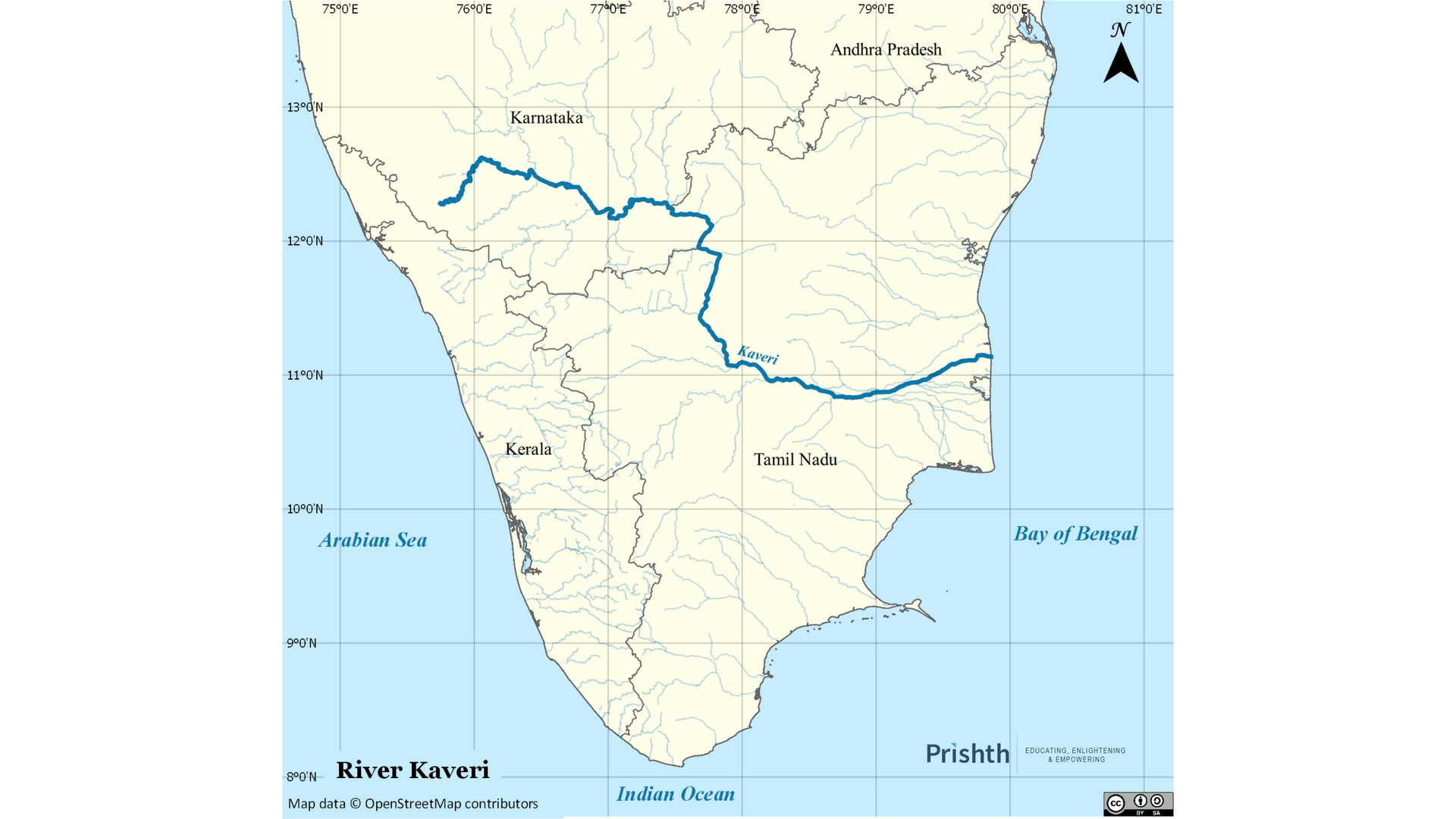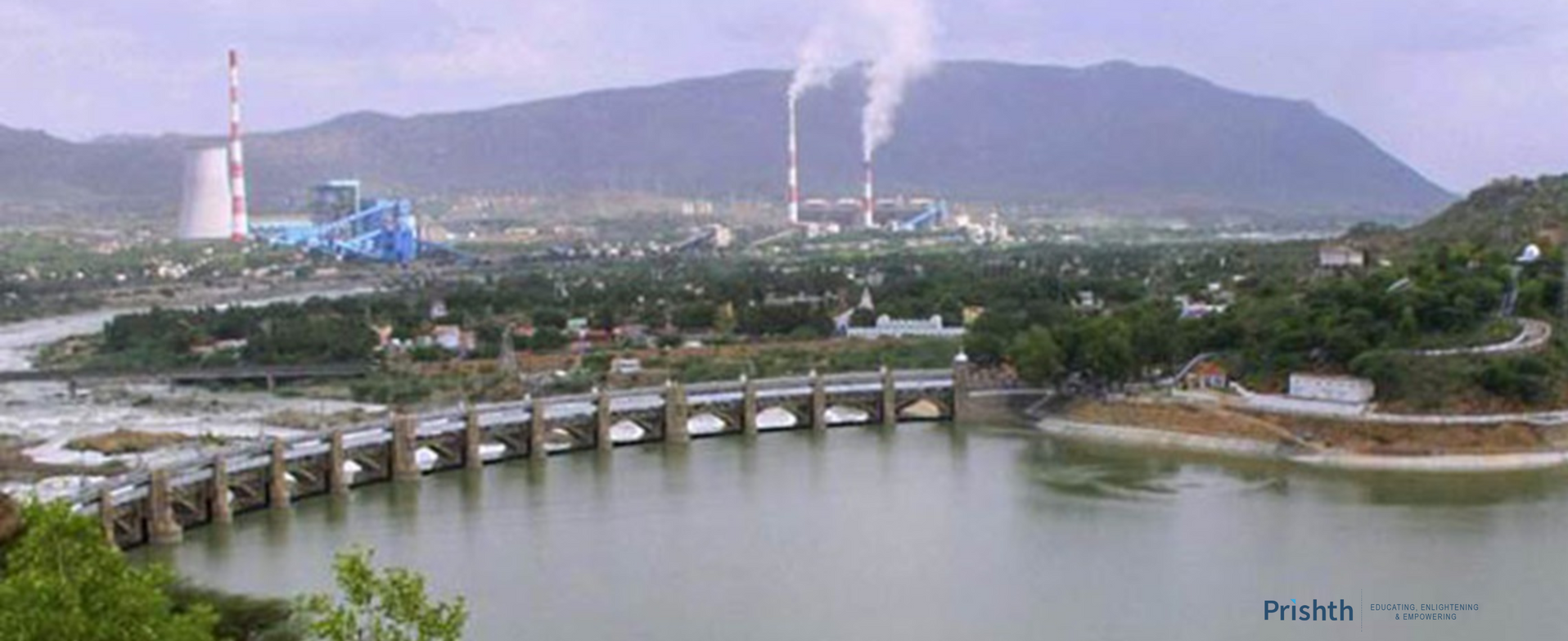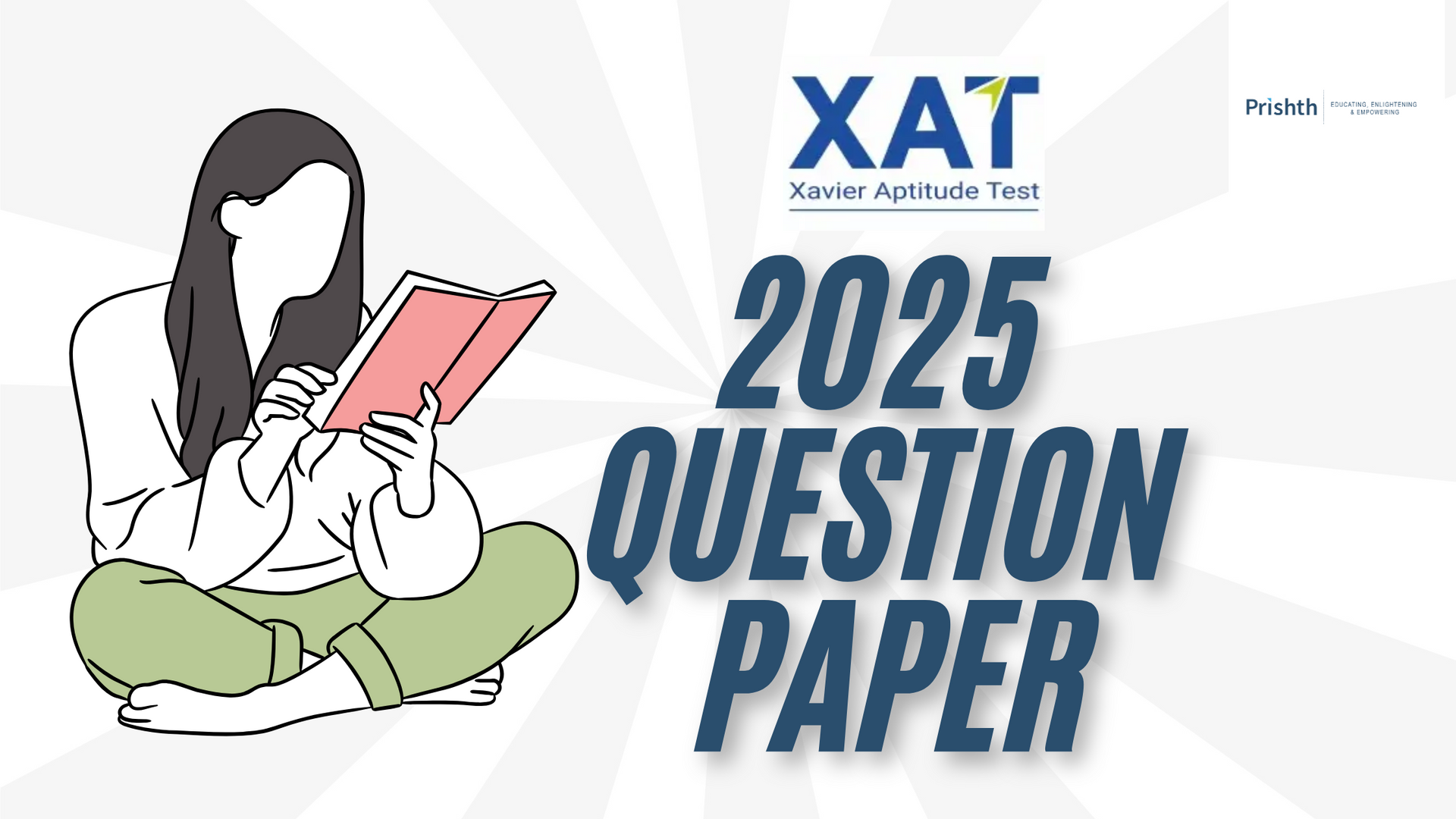Home Page > Cauvery_Water_Dispute
Understanding the Cauvery Water Dispute: Karnataka vs. Tamil Nadu - History, Impact, and Resolution
By Gautam || 22nd August, 2023, 21:16 IST
Dive deep into the complex Cauvery water dispute between Karnataka and Tamil Nadu in this comprehensive article. Discover its historical origins, the legal battles waged over decades, and the profound socio-economic implications it has on both states. Gain insights into the Supreme Court's pivotal role, the Cauvery Water Disputes Tribunal, and the ongoing tensions. This in-depth exploration covers crucial keywords like Cauvery water dispute, Karnataka, Tamil Nadu, legal battles, Supreme Court, socio-economic impact, and more, ensuring you leave with a thorough understanding of this enduring issue.
1. Introduction:
Nestled in the heart of South India lies a contentious issue that has simmered for decades, threatening the harmony between Karnataka and Tamil Nadu - the Cauvery water dispute. In this comprehensive article, we will delve deep into the intricacies of this protracted conflict, examining its historical roots, the present status, the legal battles, socio-economic impacts, and the potential path forward for these southern states.
2. Historical Context: Roots of the Conflict
The origins of the Cauvery water dispute date back to the British colonial era when initial water-sharing agreements were forged. This intricate web of agreements involved not only Karnataka and Tamil Nadu but also Kerala and Puducherry, all of which share the waters of the Cauvery River. At its core, the dispute revolves around the equitable distribution of water from the Cauvery River and its tributaries, with Karnataka and Tamil Nadu taking center stage in this complex drama.
3. Key Players in the Dispute
- Karnataka: Positioned as the upper riparian state, Karnataka has consistently argued for a more substantial share of the Cauvery's waters. The state's agricultural and industrial sectors heavily rely on this vital resource.
- Tamil Nadu: As the lower riparian state, Tamil Nadu has historically advocated for a continuous and substantial flow of Cauvery water to support its extensive farming activities, particularly the cultivation of rice in the fertile delta region.

4. Legal Battles and Adjudications
The Cauvery water dispute has witnessed numerous legal battles, with both Karnataka and Tamil Nadu presenting their cases before various tribunals and authorities. The most significant of these legal avenues was the establishment of the Cauvery Water Disputes Tribunal (CWDT) in 1990.
Cauvery Water Disputes Tribunal (CWDT):
- Formation: The CWDT was constituted under the Inter-State River Water Disputes Act, 1956, with the specific task of determining an equitable water-sharing formula.
- Recommendations: In a landmark moment, the CWDT released its final award in 2007, which allocated specific water quantities to both Karnataka and Tamil Nadu. However, this award was met with challenges and was subsequently taken to the Supreme Court of India.
5. Supreme Court Interventions
The Cauvery water dispute reached its zenith in the Supreme Court of India, where the apex court played a pivotal role in mediating the conflict.
Supreme Court's Verdicts:
- 2007 Verdict: The Supreme Court endorsed the CWDT's decision, providing a roadmap for water-sharing between the two states.
- 2018 Verdict: In a landmark judgment, the Supreme Court modified the 2007 verdict, increasing Karnataka's share of the Cauvery waters. This decision marked a significant turning point in the dispute.
6. Ongoing Tensions and Uncertainties
Despite these legal interventions, tensions surrounding the Cauvery water dispute continue to fester. The monsoon-dependent nature of the river adds an element of unpredictability to the allocation process, leading to periodic flare-ups of the conflict.
7. Socio-Economic Impact
The Cauvery water dispute has far-reaching implications, significantly affecting the socio-economic fabric of both Karnataka and Tamil Nadu.
Agriculture:
- Karnataka: Any reduction in water allocation can significantly impact Karnataka's agricultural output, directly affecting the livelihoods of countless farmers.
- Tamil Nadu: Tamil Nadu's rice production heavily relies on Cauvery water. Any shortage can disrupt the state's agrarian economy.
Industry:
Karnataka's industrial sectors, particularly those in the vicinity of Bengaluru, are reliant on a stable water supply. A protracted water dispute can potentially hinder industrial growth and development.
Environmental Concerns
Beyond its socio-economic impacts, the dispute also raises ecological concerns. The Cauvery River sustains vital ecosystems and wildlife in the region, making its sustainable management imperative.
8. Socio-Economic Impact
The Cauvery water dispute remains a contentious and enduring issue that profoundly influences the lives and livelihoods of millions in Karnataka and Tamil Nadu. Its resolution transcends legal and political boundaries; it is a necessity for the socio-economic well-being of both states. Finding common ground and adhering to equitable water-sharing principles is the key to a harmonious coexistence between these southern neighbors.
9. Additional Information:
The Cauvery River is an interstate basin originating in Karnataka and flowing through Tamil Nadu and Pondicherry before draining into the Bay of Bengal. The total watershed of the Kaveri basin spans 81,155 sq km, with Karnataka, Kerala, and Tamil Nadu sharing the catchment areas.
Key Dams Over the River:
- Harangi and Hemavati Dams in Karnataka on tributaries of the Cauvery.
- Krishna Raja Sagar Dam downstream of Harangi and Hemavati Dams.
- Kabini Reservoir in Karnataka on the Kabini River, a Cauvery tributary.
- Mettur Dam in Tamil Nadu, constructed across the main Cauvery River.
- River Basin Characteristics: The Kaveri is an interstate river basin originating in Karnataka and traversing Tamil Nadu and Puducherry before flowing into the Bay of Bengal. Understanding the geographic distribution of the river basin provides valuable context.
- Dam Infrastructure: Key dams, such as the Harangi, Hemavati, Krishna Raja Sagar, and Kabini dams in Karnataka, as well as the Mettur Dam in Tamil Nadu, play a crucial role in controlling the flow of the Cauvery River.
- Establishment of CWDT: The Government of India constituted the Cauvery Water Disputes Tribunal (CWDT) in 1990 to address the water dispute formally.
- Supreme Court's Role: The Supreme Court of India has played a pivotal role in interpreting and enforcing decisions related to the Cauvery water dispute, particularly its 2018 judgment.
- Cauvery Water Management: The establishment of bodies like the Cauvery Water Management Authority (CWMA) and the Cauvery Water Regulation Committee (CWRC) was a significant step toward effective water management.
Frequently Asked Questions (FAQs)
Most Trending Blogs














